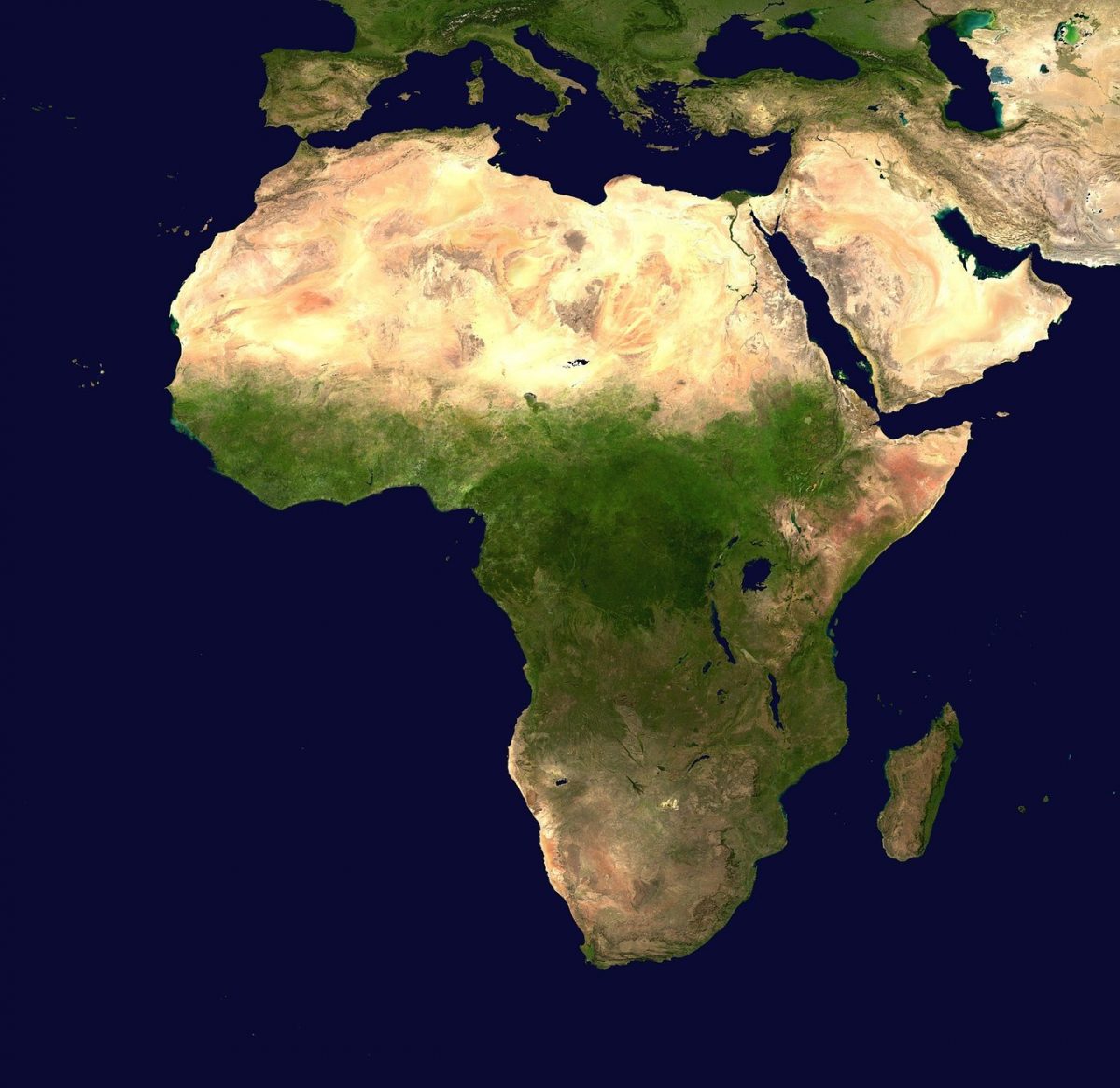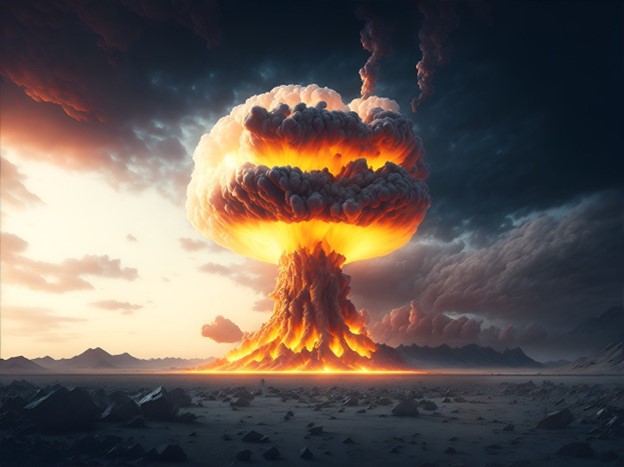There was a time when it was safe to assume that we had all read George Orwell’s novel, 1984. But that time has passed, and there are many readers who have undoubtedly heard references to this seminal work, without having actually read the book. Therefore, a brief refresher course on one of the principle concepts from this novel is necessary – the theory of thoughtcrime.
“Even if someone leaves these thoughts unspoken, it is still a crime to think them. It is one of the scariest parts of Winston Smith’s world in 1984. The person who thinks these thoughts is held responsible for them as though they said them out loud or committed the act they were thinking about…To understand thoughtcrime, it’s important to understand the consequences of committing it. If one were to have illegal thoughts and those thoughts showed on their face, or they expressed them in some way, they’re going to be arrested by the Thought Police. This group is responsible for hunting down thought criminals and bringing them to the Ministry of Love. This aptly named ministry reforms and kills thought criminals.”
With this description of “thoughtcrime” in mind, let us review some of the allegations made in Special Counsel Jack Smith’s August, 2023 federal indictment of former President Donald Trump: “(F)or more than two months following election day on November 3, 2020, the Defendant spread lies that there had been outcome-determinative fraud in the election and that he had actually won. These claims were false, and the Defendant knew that they were false… The Defendant…made knowingly false claims that there had been outcome-determinative fraud in the 2020 presidential election…These claims were false, and the Defendant knew that they were false.”
How is it that Jack Smith knows what Donald Trump was thinking? According to the indictment, “the Defendant was notified repeatedly that his claims were untrue—often by the people on whom he relied for candid advice on important matters, and who were best positioned to know the facts— and he deliberately disregarded the truth.”
In other words, Donald Trump knew that there wasn’t any “outcome determinative fraud” in the 2020 presidential election because other people told him so.
And who were these people that told Donald Trump there was no evidence of “outcome determinative” election fraud in the 2020 presidential election? According to Smith, these people included “Vice President (Mike Pence)…(who)…told the Defendant that he had seen no evidence of outcome-determinative fraud.” There were also “(t)he senior leaders of the Justice Department…(who)…told the Defendant on multiple occasions that various allegations of fraud were unsupported;” “Senior White House attorneys…(who)…informed the Defendant that there was no evidence of outcome-determinative election fraud,” and “State and federal courts…(who)…rejected every outcome-determinative post-election lawsuit filed by the Defendant, his coconspirators, and allies, providing the Defendant real-time notice that his allegations were meritless.”
As a result of Donald Trump’s refusal to accept that he had actually lost the 2020 presidential election, and based upon the former President’s “false” belief that election fraud was pervasive in that election, according to the indictment, “The Defendant’s knowingly false statements were integral to his criminal plans to defeat the federal government function, obstruct the certification, and interfere with others’ right to vote and have their votes counted.”
These allegations regarding what Trump chose to believe would seem to fit the very definition of a thought crime. From all appearances, Trump believed there was election fraud, that it was indeed “outcome determinative,” and as a result, he challenged the results of the election in every way possible.
In a criminal case, the prosecution must establish that a defendant has mens rea; that is, criminal intent. “The literal translation from Latin is ‘guilty mind’…(e)stablishing the mens rea of an offender, in addition to the actus reus (physical elements of the crime) is usually necessary to prove guilt in a criminal trial. The prosecution typically must prove beyond reasonable doubt that the defendant committed the offense with a culpable state of mind.” As stated by the US Supreme Court in Staples v. United States, “(t)he mens rea requirement is premised upon the idea that one must possess a guilty state of mind and be aware of his or her misconduct.”
The analysis concludes tomorrow
Judge John Wilson served on the bench in NYC
Illustration: Pixabay









